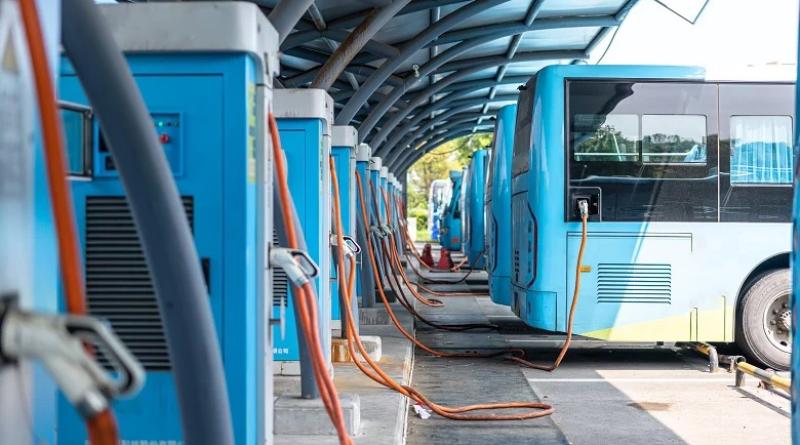Electric passenger vehicles, invented more than a century ago, are now accepted as part of the solution to rising climate emissions in major markets like China, the United States and Europe. But the transition to e-mobility has been slow in low- and middle-income countries, in large measure because of worries about high up-front costs. A new World Bank report makes a strong economic case for wider adoption of electric vehicles in developing countries, with advantages that range from improved public health, to less urban traffic congestion, to a decrease in dependence on expensive imported fossil fuels.
In a study of 20 countries across Africa, Asia, the Caribbean, Oceana, Europe and South America, the report Economics of Electric Vehicles for Passenger Transportation found that more than half would benefit economically by adopting electric mobility. In some of these countries, the higher investments associated with electric vehicles (EVs) are already justified in terms of lower operating costs, while in others, they only become economically attractive when environmental benefits are considered. The strongest case can be made in countries that don’t have a car-dominated transportation culture, those that are net oil importers and those with lower-cost vehicles.
The financial rewards can be substantial, even considering the up-front 70-80 percent cost premium compared with fossil-fueled vehicles, because EVs – from two-wheeled scooters to buses – are less expensive to run and maintain. Lower maintenance costs alone can amount to a $5,000 saving over the life of the EV, outweighing the higher cost of using electricity as fuel. Because many low- and middle-income countries (LMICs) tax gasoline and subsidize electricity brings even greater savings.
As with many aspects of the global transition to lower-carbon transportation, solutions need to be tailored to the needs of different markets. For example, in Africa’s Sahel region, where the World Bank is already working to advance electric mobility, the key may well be to concentrate first on electrifying two-wheeled scooters and three-wheeled tuktuks and rickshaws rather than four-wheeled personal vehicles, while electric buses offer another efficient way to get passengers to their daily destinations. In many growing African cities, bus rapid transit (BRT) could pave the way for even more carbon and economic savings.
The same could apply in India, where more than 70 percent of all miles traveled are by two-wheeled vehicles. Making the switch to electric mobility will be critical to reducing air pollution, since half of the world’s most polluted cities are in India, and helping to curb the country’s heavy dependence on imported oil while boosting industrial development. As in Africa, the path toward an Indian electric fleet will probably be driven by private two-wheelers and public three-wheelers. A model where batteries for these vehicles can be swapped out would cut initial EV costs and increase commercial run time, which is often worked in several daily shifts.






